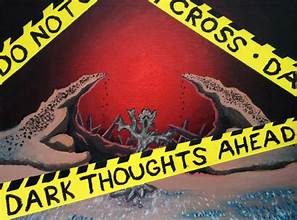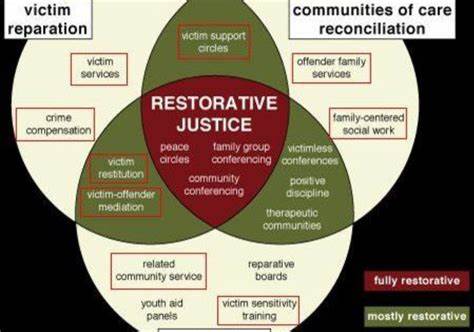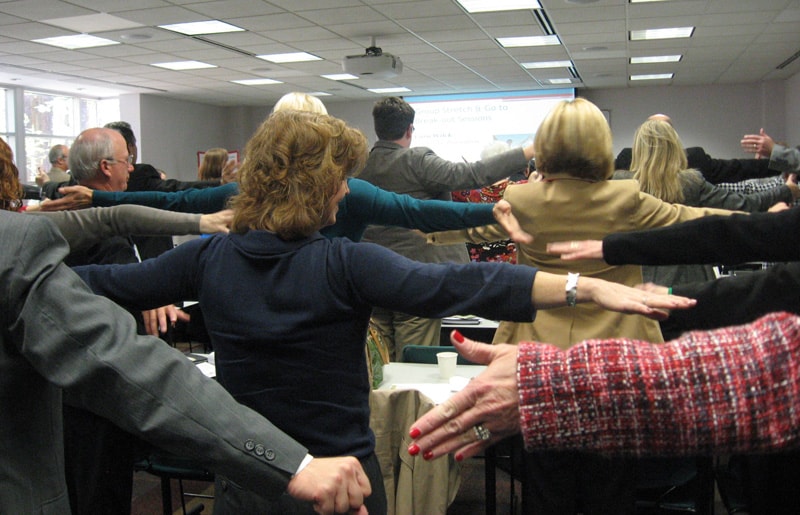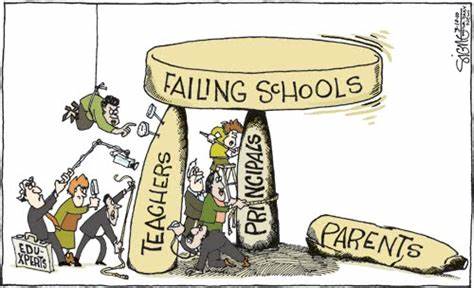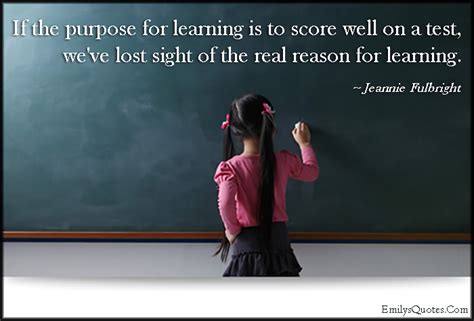
I am not a stranger to conspiracy theories. I’ve entertained a few in my life and I’ve been captivated by a few more. Although I don’t consider myself a conspiracy theorist, I don’t rule out all of them. Besides, some of them have been proven to be true.
Governments are the target of most conspiracy theories. It turns out they are actually at the bottom of activities that prompted generation of the conspiracy. You may have heard of some of these. For instance, during Prohibition, our federal government pressured alcoholic beverage manufacturers to lace their products with strong poisons to discourage people from drinking them. This ultimately led to over 10,000 poisoning deaths directly related to the government’s operation. Another example is the CIA’s mind control tests using LSD and other hallucinogenics. MK-ULTRA was the name of the program which began with experimenting only on volunteers, but before long they were conducting testing on unsuspecting victims. Some of them sustained psychological damages from which they never recovered.
I’ve scouted around for a decent sample of bizarre theories with at least a grain of truth-like content. Their fringe unreality can hold a certain attraction for those who don’t take the world at face value. Do any make you do a double-take on your concept of everyday reality?
We Exist in the Matrix
This theory is popular enough to have spawned books and that familiar series of movies we know and love. The basic theory has branched out into sub-theories as well. The essential root in modern times is that we are under the influence of a mega-computer that’s playing a show for us with multi-sensory surround sound in our minds. The believability arises from various factors, including ancient teachings that this world is all an illusion. Others are the rapid explosion of technology and artificial intelligence as well as dreams and susceptibility to how strange the world can be at times.
Beatles Never Existed
We were duped into believing such a phenomenon could have taken place. It’s akin to the Monkees, created and assembled for a TV series. Theory has it that John, Paul, George and Ringo were merely roles played by various actors who looked almost identical. If one looks closely at their photographs, differences in certain features can be detected. Apparently, all of that groundbreaking music had to have been created by a wide array of talented musicians who preferred to remain anonymous. That way, they wouldn’t have had to suffer the inconvenience of being chased around by hordes of screaming girls.
Earth is Actually Hollow
To the casual observer, it’s absurd to think the earth is hollow since we can dig thousands of feet down and keep finding solid material. Volcanoes verify the existence of molten rock within this globe. However, scientist Edmond Halley, the Halley who has the comet named after him, came up with the hollow earth theory in the 17th century because the inner magnetic fields change direction. This theory endures and has time on its side. It was bolstered by a discovery in 2014, when scientists determined there is a massive reservoir of water within the earth greater in volume than the oceans. It isn’t free floating water, but is inside ringwoodite, a rock formation that’s 435 miles beneath the outer surface of the ground.

Bill Gates is…
There are a number of Bill Gates conspiracy theories. Perhaps the most famous is that he is behind the Covid pandemic because he wanted to profit from vaccines that help get the spread under control. It is said he has also initiated use of vaccines to implant microchips in peoples’ bodies. He is accused of instituting a tetanus vaccine in Kenya that carries an abortion drug. He is said to have conspired with the Chinese government to create fake snow that won’t melt. Some say he is “leading a class of global elites” and others say he is “leading efforts to depopulate the world.” He has brought himself such attention for a few reasons, one being that he is rich and famous. Another is his TED talk in 2015 where he warned of the danger of a coming pandemic that would kill over 10 million people. Then there’s the fact that he and Melinda Gates have been pushing world health and put a lot of money into it for a long time, including distribution of Covid vaccines.
America is Run by a Cabal of Satan-Worshiping Elites
This view of the United States is promoted by the conspiracy-rich QAnon group. As you may know, it gets even more bizarre in the claim that the elites are running an underground child-trafficking ring. They are also out sabotage Donald Trump. For QAnon, these define the Deep State. These specific features are tacked on to the previously known concept that it is “a body of people, typically influential members of government agencies or the military, believed to be involved in the secret manipulation or control of government policy.” I must admit to finding the latter definition to be quite possible. I’ve been spouting a theory resembling that for years. I have not adopted the more detailed, fringe version embellished by QAnon.
Keep Your Head
The world is not as it seems. That’s a fair statement, right? Look for the truth behind the lies fed to us by self-serving government officials, greedy corporations, controlling organized religions and power-hungry oligarchs. But don’t let your search take you down a rabbit hole where your fall seems to never end and you’re inclined to say as Alice did, “I wonder if I shall fall right through the earth! How funny it’ll seem to come out among the people that walk with their heads downwards!” Keep your head on straight and right side up.


